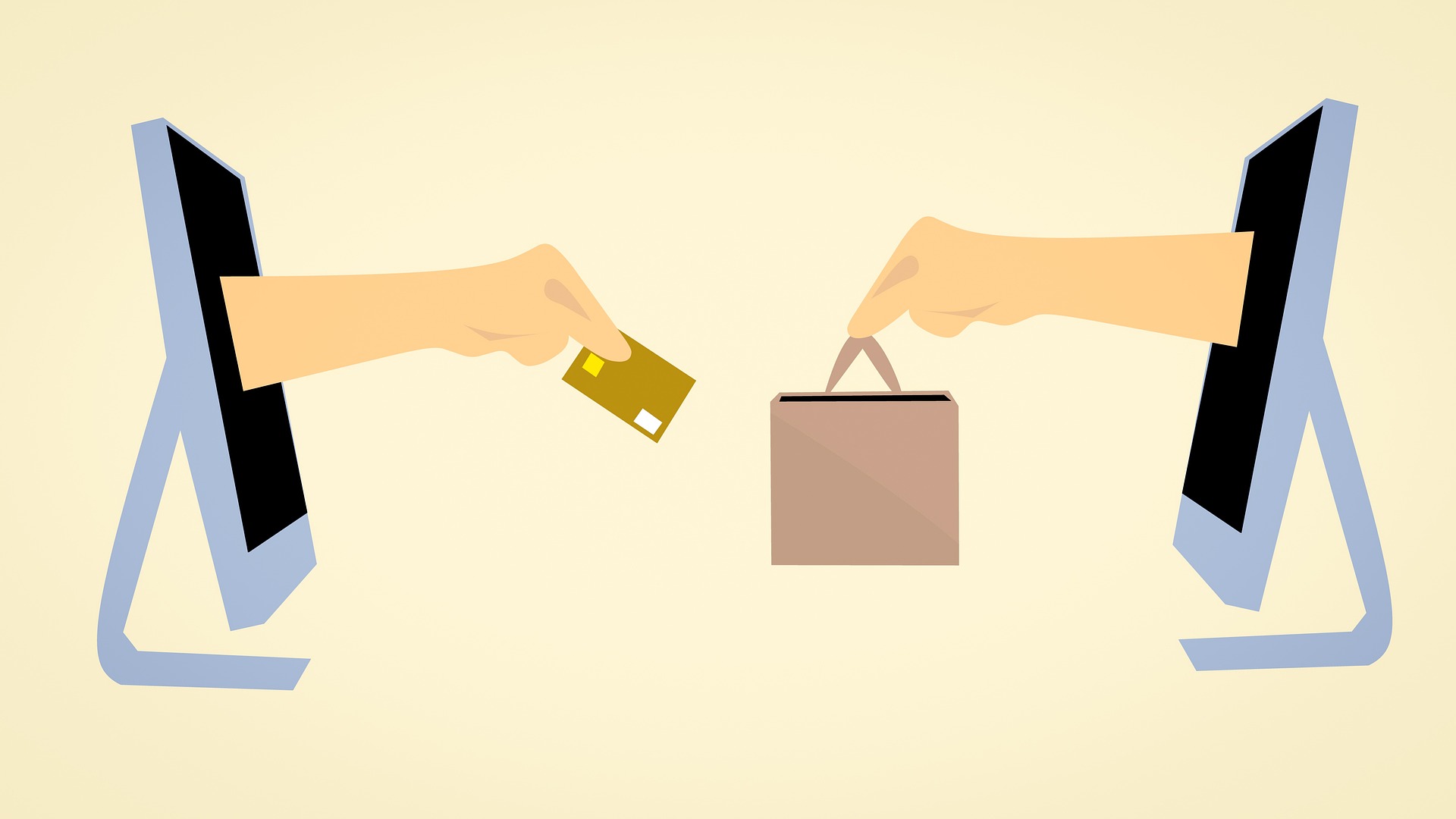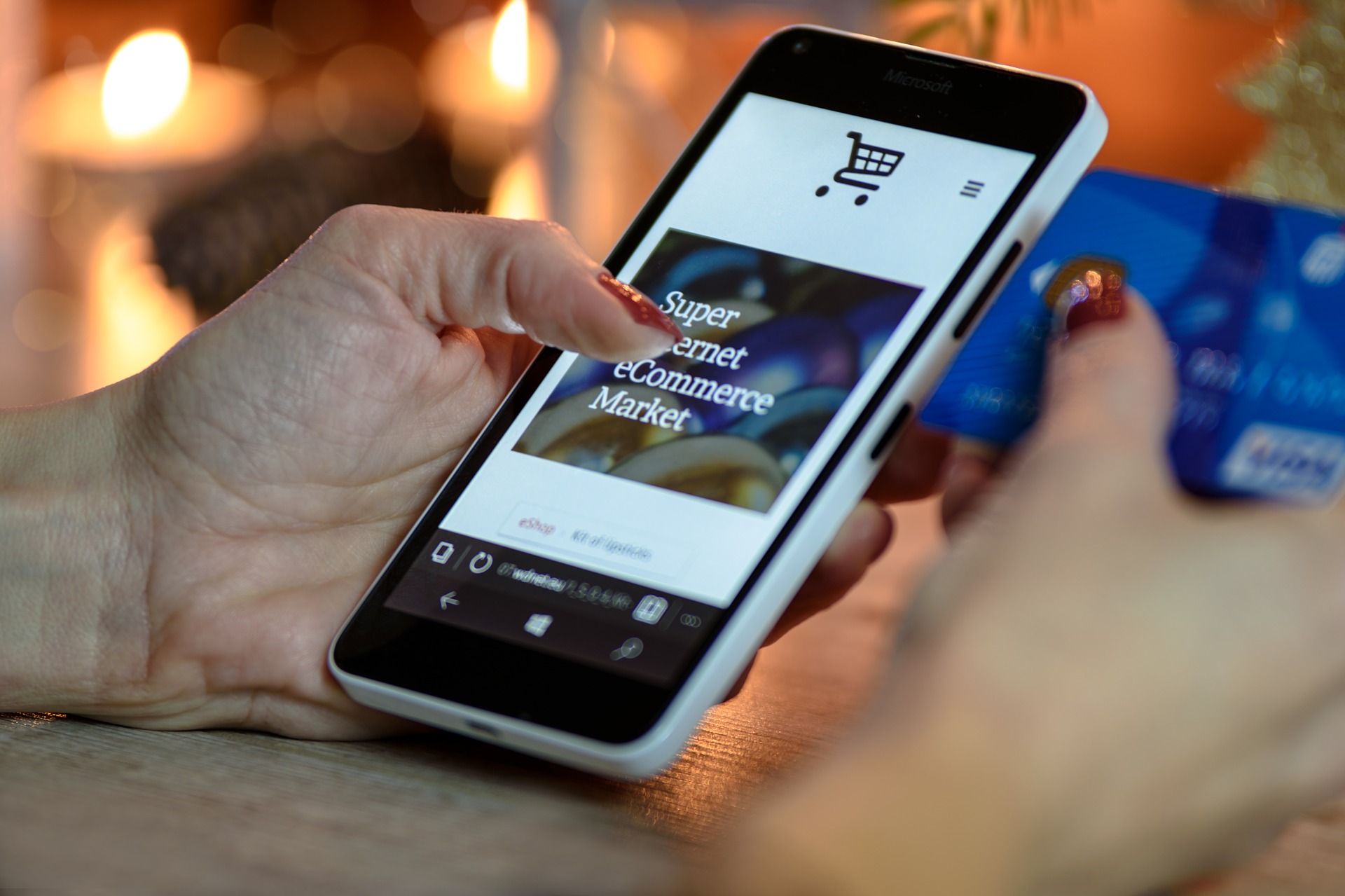5 Emerging Trends Changing How Businesses Process Payments

The business world has changed rapidly over the past few years, with many new trends showing up. From online working to how payments are made and processed, doing business will forever change. These different payment processes have made payments more accessible than ever before. Whether you are making payments for your groceries or for a no deposit mobile casino, here are the top 5 emerging payments.
Deferred payments or buy-now-pay-later
As people have struggled for cash, deferred payment deals have become more popular. Customers’ increased interest in these deals has led to the development of a more frictionless and streamlined payment system. This has allowed businesses to hold onto their customer base while helping customers budget better but still buy what they need. Companies using buy-now-pay-later systems have seen a massive upturn in their customer base and growth in their profits. These systems also favour credit averse clientele and have therefore increased the scope of customers for many businesses. These payments have also created problems for people who end up overspending and are then unable to pay it back. However, these issues are in the minority and buy-now-pay-later transactions have had, and will continue to have, a massive impact on business.
Digital Payments
As the world goes more digital, so have payments; digital payments like tap-to-pay or digital wallets are becoming the norm and overtaking cash transactions in today’s market. It has also seen an upturn in popularity due to the events of recent years, as these digital payments are seen as more hygienic than using cash. Digital wallets and online cards have seen some of the biggest gains due to their increased security and ease of use. Just as payment methods such as the use of QR codes through applications like Snapscan previously revolutionised payments, so are digital wallets and cards now. There is also a new technological advance allowing for sound-based payments. These payments are gaining traction due to the ability to pay from further away; however, these payments are still far from being available to the public.
Rise of e-commerce and embedded payments
E-commerce has seen a massive increase in popularity over the last couple of years. Just as people have begun to work from home, they also prefer to shop there. Online shopping has always been a bigger thing with the younger generation than the older one. E-commerce has also grown in variety, with almost any item available to be purchased online rather than in person. Of course, physical in-office business and in-store retail are unlikely ever to go away completely; this rise of e-commerce could mean a massive decrease in physical stores, and an increase in the warehouses for online sales.
Evolution of P2P payments
These payment systems were losing popularity before but have recently gone from strength to strength. Peer-to-peer payments initially gained popularity in the late 2000s and early 2010s due to the financial crisis in 2008; this was primarily used as an easy and efficient way to transfer small amounts of money from one person to another for things like a drink or pizza. From not being well-used by middle and older generations, the ease of use has led to a record number of middle aged people now using this payment method; it has now turned into almost a bank by itself. Smaller businesses also adopted these payments as a way to increase their revenue.
Cross-border payments
As the economy becomes more globalised, having efficient cross-border transactions becomes vital. The original model for cross-border payments would require paperwork to go from one party to their bank. From there, it would go to the corresponding bank and then to the other party. This traditional method is long winded and can take much longer than most people would like. Therefore there has been a push to have cheaper, faster ways to make these cross-border payments. There is also a trend in which emerging markets that do not have the same infrastructure get left behind. Although no alternative to the traditional method has been found yet, the likelihood is that soon we will start to see a new way to make cross-border payments.







